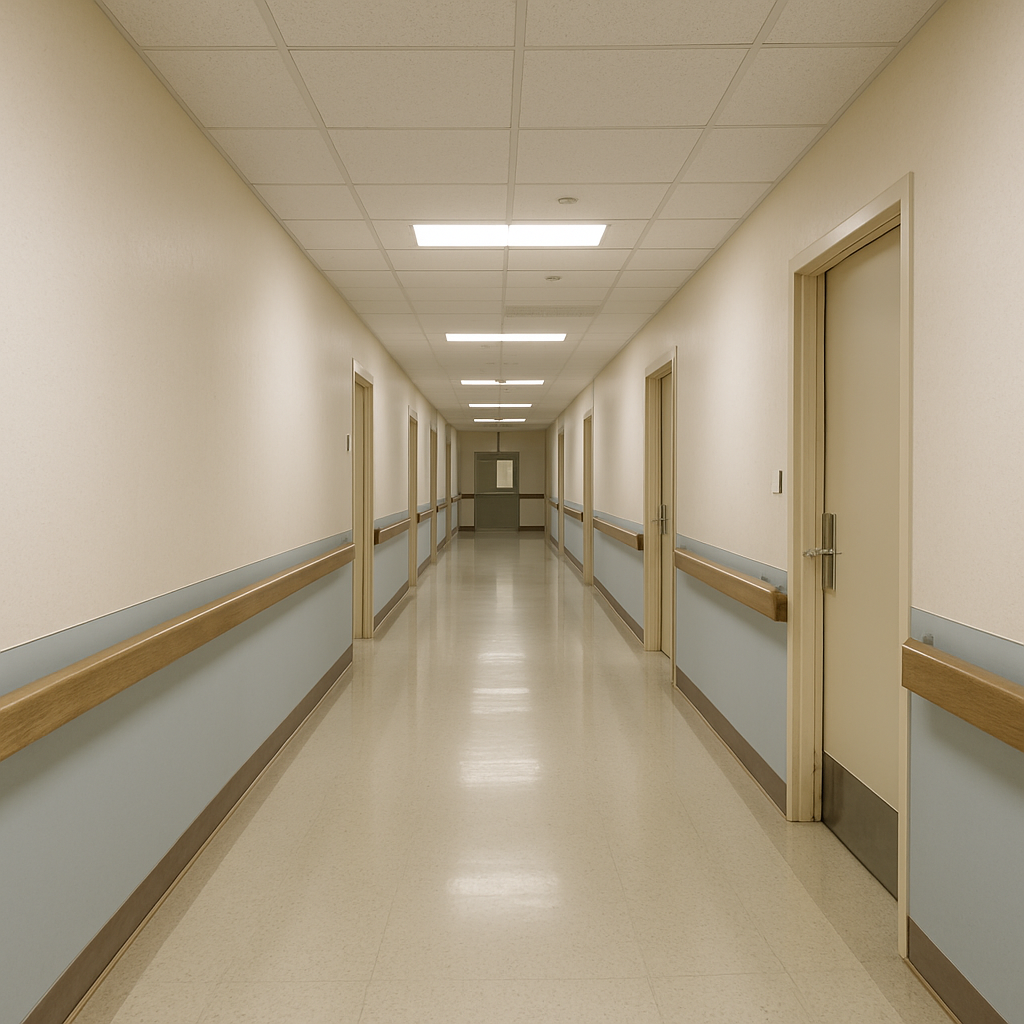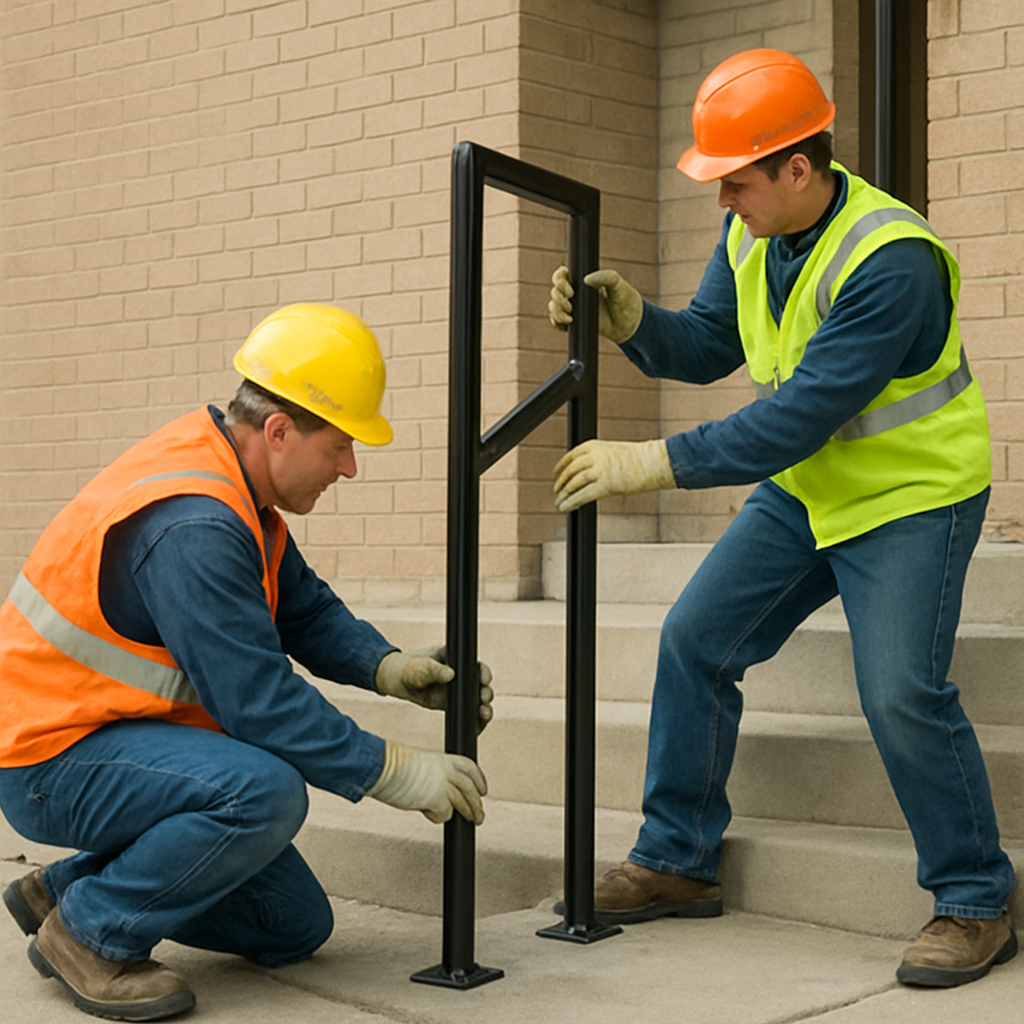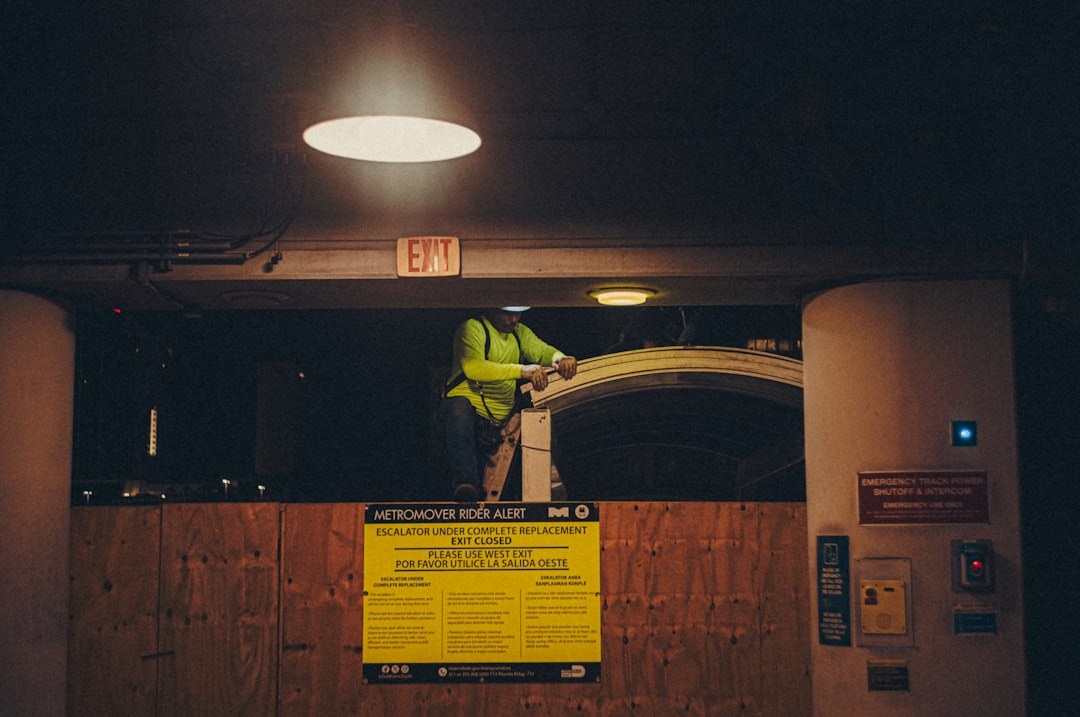 Service Hotline:13510328459
Service Hotline:13510328459
 205-206, 2nd Floor, Building 2, Xiazao Village Industrial Zone, Gaofeng Community, Dalang Street, Longhua District, Shenzhen City
205-206, 2nd Floor, Building 2, Xiazao Village Industrial Zone, Gaofeng Community, Dalang Street, Longhua District, Shenzhen City
 Service Hotline:13510328459
Service Hotline:13510328459
 205-206, 2nd Floor, Building 2, Xiazao Village Industrial Zone, Gaofeng Community, Dalang Street, Longhua District, Shenzhen City
205-206, 2nd Floor, Building 2, Xiazao Village Industrial Zone, Gaofeng Community, Dalang Street, Longhua District, Shenzhen City
Time:2025-09-19 Preview:
Creating a safe and accessible environment within hospitals is paramount. Among the various elements that contribute to this goal, accessible handrails play a crucial role. They ensure the safety and mobility of patients, staff, and visitors, particularly those with disabilities. In this article, we will delve into the importance of ADA-compliant handrails, the process of handrail installation, and why having hospital-accessible handrails is essential.
The Americans with Disabilities Act (ADA) sets standards to ensure that public spaces are accessible to individuals with disabilities. ADA-compliant handrails are designed to meet these standards, providing necessary support for those who need assistance walking or standing.
ADA compliance ensures that handrails are installed at the correct height, have the proper grip, and are free of obstructions. This is essential in hospitals, where accessibility can significantly impact patient care and safety.
ADA-compliant handrails typically feature a smooth, continuous surface without sharp edges. They are installed at a height between 34 and 38 inches, which is considered optimal for most users. These handrails also have a diameter of 1.25 to 2 inches, making them easy to grasp.
Ends should be rounded or return to the wall to prevent clothing from catching. Furthermore, they must be able to withstand a minimum load of 250 pounds, ensuring they provide sufficient support.

Handrail installation in hospitals is critical in enhancing safety and providing support. Patients who are recovering from surgeries or those with mobility issues rely on these handrails for stability. Properly installed handrails can prevent falls and provide a sense of security to users.
Handrails are not just about safety; they also facilitate mobility. For patients and visitors who have difficulty walking, handrails provide a necessary aid to move around the hospital premises confidently. This is especially important in long corridors or staircases, where support is needed.
Hospitals must adhere to strict building codes and regulations. By ensuring that handrails are ADA-compliant, hospitals meet legal requirements and demonstrate a commitment to accessibility and inclusivity. Non-compliance can lead to legal repercussions and harm the hospital's reputation.

Before installation, a thorough assessment of the hospital's layout is necessary. Identify areas where handrails are most needed, such as hallways, staircases, and ramps. Consider the specific needs of the hospital's patient population, including those with disabilities or mobility impairments.
Selecting the right materials is crucial for durability and effectiveness. Common materials for handrails include stainless steel, wood, and aluminum. Stainless steel is often preferred in hospitals for its strength, ease of maintenance, and modern look.
Handrail installation should be carried out by professionals to ensure compliance and safety. The process involves measuring the height and length, securely mounting the handrails, and ensuring they meet ADA standards. Regular inspections post-installation are vital to maintain the handrails' integrity and safety.
Regular maintenance is essential to ensure that handrails remain safe and functional. This includes checking for any loose fittings, ensuring the handrails are clean, and promptly addressing any damage. Routine maintenance helps extend the life of the handrails and ensures they continue to meet safety standards.

Accessible handrails enhance the overall patient experience by making navigation easier and safer. Patients recovering from surgeries or those undergoing treatment can move with confidence, knowing they have the support they need.
Hospital staff are often on the move, attending to patients and performing various tasks. Accessible handrails provide them with the necessary support to carry out their duties efficiently, reducing fatigue and the risk of accidents.
By installing ADA-compliant handrails, hospitals promote inclusivity. They show a commitment to creating an environment where everyone, regardless of their physical abilities, can access services and facilities with ease.
In conclusion, hospital accessible handrails are a vital component of healthcare facilities. They ensure safety, facilitate mobility, and demonstrate a commitment to ADA compliance and inclusivity. Whether you are planning a new hospital build or upgrading an existing facility, investing in high-quality handrails is a decision that benefits everyone—from patients and visitors to staff. By prioritizing accessibility, hospitals can improve overall safety and enhance the experience for all who walk through their doors.
Ensuring that handrails are properly installed and maintained not only meets legal requirements but also reflects a hospital's dedication to providing exceptional care and support to all individuals.
